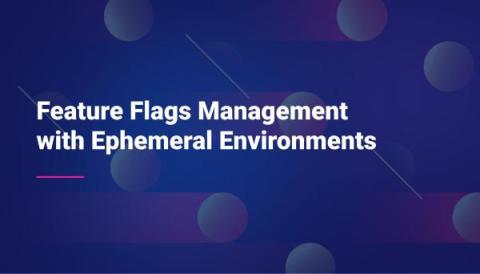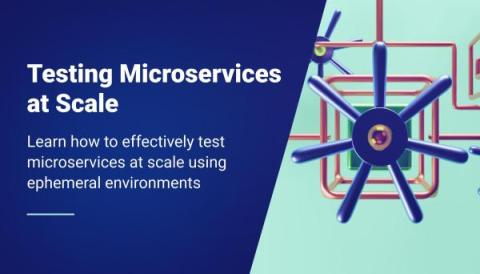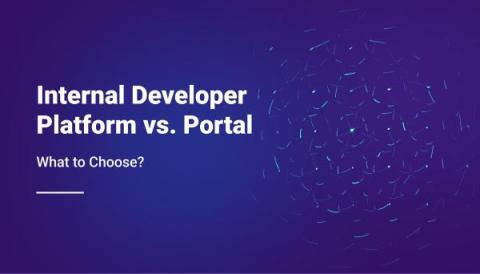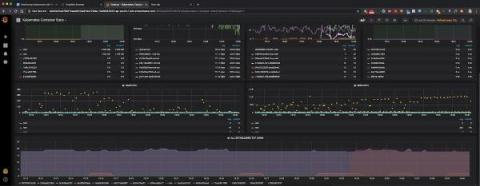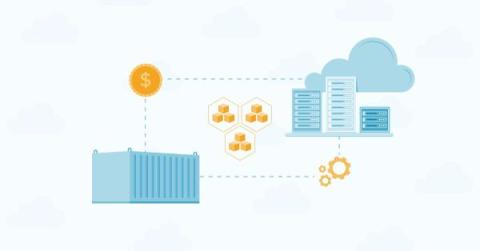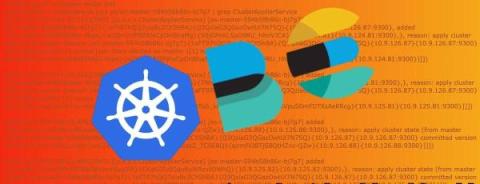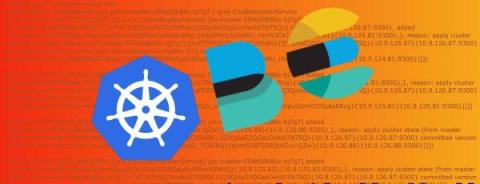Microservices on Kubernetes: 12 Expert Tips for Success
In recent years, microservices have emerged as a popular architectural pattern. Although these self-contained services offer greater flexibility, scalability, and maintainability compared to monolithic applications, they can be difficult to manage without dedicated tools. Kubernetes, a scalable platform for orchestrating containerized applications, can help navigate your microservices.



